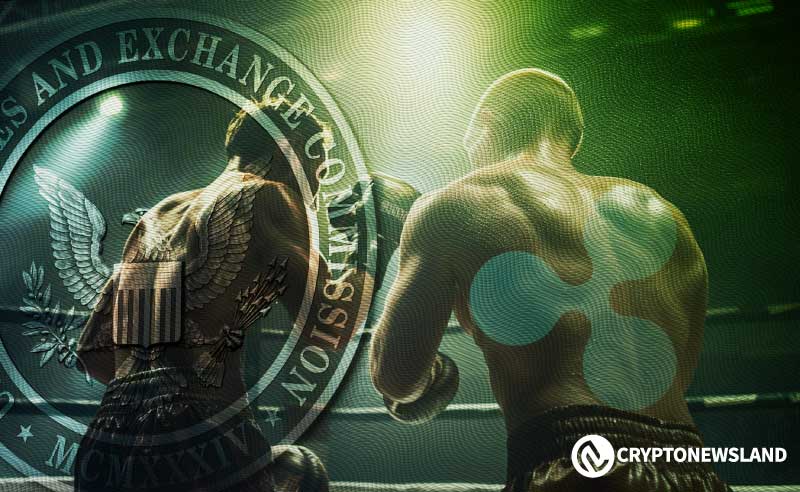
- Ripple focuses on making international agreements faster and cheaper for banks.
- Bitcoin serves as a digital store of value for individual shareholders.
- Both digital coins offer upfront pricing but target different audiences and uses.
Ripple and Bitcoin represent two major forces in the electronic money world. BTC started in 2009 as the first independent digital currency, while Ripple took a different route. It focuses on providing efficient solutions for payment transactions across borders and targets mainly financial institutions. Understanding these differences is essential for anyone interested in digital assets.
Ripple’s Origins and Journey
The ledger began in 2004 when Ryan Fugger launched RipplePay. This site aimed to enable secure multinational wire transfers but did not have a virtual currency. In 2012, Chris Larsen and Jed McCaleb acquired RipplePay and renamed it OpenCoin. This change led to the introduction of the protocol and the digital token known as XRP.
XRP was created to improve global finances. It offers a faster and cheaper alternative to traditional banking. Ripple mainly serves institutional clients by providing them with practical solutions for international payments. This focus sets Ripple apart from Bitcoin, which often serves as a digital store of value.
Bitcoin’s Historical Context
Its journey commenced in 2008, when the domain name bitcoin.org was acquired. This draft outlined a decentralized method for digital deals. The token officially launched on January 3, 2009, when Nakamoto mined the genesis block. This event marked a memorable moment in the world of finance.
Both Ripple and BTC prioritize transparency, allowing users to track expenditures easily. However, their target audiences differ. Bitcoin appeals to individual shareholders and traders who view it as a store of value. In contrast, XRP focuses on banks and financial institutions by offering them efficient reimbursement systems.
Technological Distinctions and Applications
Ripple uses a centralized ledger that allows for quicker transaction processing. This centralization provides greater control and efficiency compared to Bitcoin’s decentralized model. Additionally, Ripple does not require mining, which is a key difference from Bitcoin, which relies on miners to create coins.
Furthermore, XRP acts as a bridge denomination that facilitates transactions between different fiat economies. This feature makes it attractive to financial institutions. As a result, many banks and service providers are looking into the company’s technology for effective interstate settlements.
The post Understanding Ripple and Bitcoin’s Unique Paths in Crypto appeared first on Crypto News Land.
Earn more PRC tokens by sharing this post. Copy and paste the URL below and share to friends, when they click and visit Parrot Coin website you earn: https://parrotcoin.net0
PRC Comment Policy
Your comments MUST BE constructive with vivid and clear suggestion relating to the post.
Your comments MUST NOT be less than 5 words.
Do NOT in any way copy/duplicate or transmit another members comment and paste to earn. Members who indulge themselves copying and duplicating comments, their earnings would be wiped out totally as a warning and Account deactivated if the user continue the act.
Parrot Coin does not pay for exclamatory comments Such as hahaha, nice one, wow, congrats, lmao, lol, etc are strictly forbidden and disallowed. Kindly adhere to this rule.
Constructive REPLY to comments is allowed
